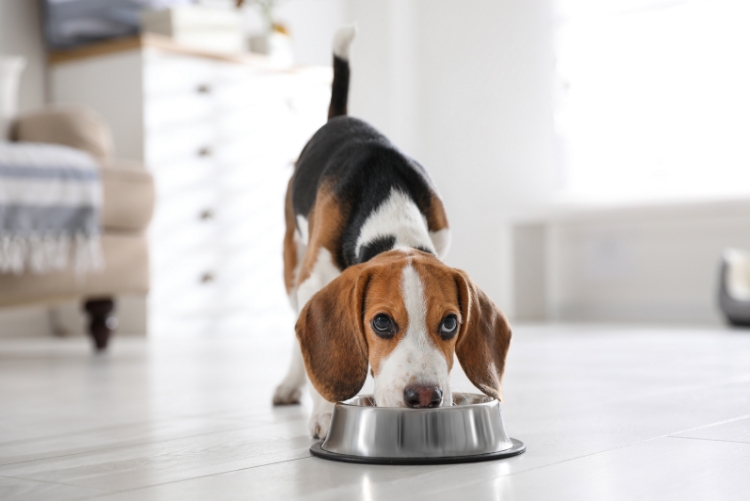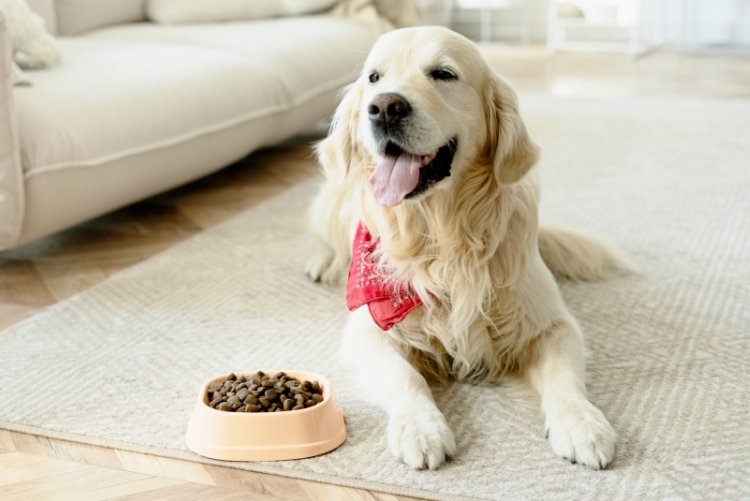A hazard analysis and critical control points (HACCP) assessment is an essential part of food safety at every level. The Food Safety and Modernization Act (FSMA) made HACCP assessments and plans more stringent for food manufacturers and processors, with the goal of reducing risk and improving food safety. In this blog post, we’ll discuss how to make a HACCP plan specifically for food and animal feed manufacturers, and tips that can help save you time and reduce risks.
How to Make a HACCP Plan for Food and Animal Feed Manufacturers
The FDA defines HACCP as “a systematic approach to the identification, evaluation, and control of food safety hazards based on the following seven principles:
- Principle 1: Conduct a hazard analysis.
- Principle 2: Determine the critical control points (CCPs).
- Principle 3: Establish critical limits.
- Principle 4: Establish monitoring procedures.
- Principle 5: Establish corrective actions.
- Principle 6: Establish verification procedures.
- Principle 7: Establish record-keeping and documentation procedures.”
This process is meant to control biological, chemical, and physical hazards across the food supply and production process. While this applies to all aspects of the supply chain, including “growing, harvesting, processing, manufacturing, distributing, and merchandising to preparing food for consumption,” in this blog post we’ll discuss how to make a HACCP plan for food and animal feed manufacturing only. Keep in mind that food safety protocols that apply to food for human consumption generally apply to animal feed as well, including feed for livestock as well as pets.
Each step in the HACCP plan should be clearly documented. Thorough documentation will create standard work at each step of the operation. This makes it easier to maintain a standard operating procedure and makes it easier to maintain quality regardless of changes in personnel.
HACCP Preparation

Before you begin on the HACCP principles outlined by the FDA, a few preparation documents will help to make the process easier. These documents include the following:
- A list of staff trained in HACCP and responsible for food safety.
Description of food, its distribution and use. This might also include the ingredients and packaging. - Flow diagram of the process. This will depend on your product and process. For a pet food manufacturer, this would include all steps from receiving and storage of raw materials, processing, mixing, coating, and packaging for shipment.
- Verify the flow diagram: The HACCP team should review the flow diagram and other documentation and compare to the actual operation and facility to ensure it is correct.
HACCP Step 1: Hazard Analysis
With your preliminary documents in place, it will be easier to make a complete HACCP plan for your food manufacturing facility. This begins with hazard analysis. The process flow diagram is particularly useful here, as you can identify potential hazards at each step in the process. When it comes to HACCP analysis for food manufacturing, his might include any of the following:

- Ingredient Storage: Ingredients should be tested for purity and quality to ensure they do not arrive contaminated. The storage units should also facilitate FIFO usage, and prevent any ingredients from sitting for long periods and accumulating bacteria causing foodborne illness. If refrigeration is required, alarms should be used to ensure temperatures stay consistent.
- Mixing: During the mixing and coating processes, particularly for pet food, the quality of equipment and cleaning procedures are especially important. Equipment that does not use good manufacturing practices, including proper construction and welding, can rust or break down, introducing metal fragments into the mix. If the equipment is not cleaned properly, bacteria can build up. Finally, pesticides or sanitation chemicals should not be stored near the processing center, so they do not find their way into the mix.
- Cooking: If foods are not cooked properly, bacteria can remain and multiply. Foods with high fat and oil content are especially susceptible, as fats and oils can create protective pockets around bacteria.
- Product Storage: Just like ingredient storage, the food should be stored securely at the appropriate temperature. For dry pet food or animal feed, this might mean keeping the finishing product away from moisture or pests.
- Distribution: Distributors should take care to maintain cleanliness, proper temperatures and safety, so the finished product arrives in good condition.
HACCP Step 2: Determine the Critical Control Points (CCPs)
The previous step is helpful for determining critical control points. Where hazards are areas where food can become unsafe, critical control points help to prevent hazards from occurring. This can include a number of things in food processing and manufacturing, many which were included in the hazard examples above.
HACCP Step 3: Establish Critical Limits
Critical limits set exact standards for when and how a hazard is controlled. This way, there are clear criteria for when a hazard is controlled or not. All critical control points should be matched to one or more critical limit criteria. If these are not set, there is no way to determine if the control is in place or not.
According to the FDA, “Critical limits may be based upon factors such as: temperature, time, physical dimensions, humidity, moisture level, water activity, pH, titratable acidity, salt concentration, available chlorine, viscosity, preservatives, or sensory information such as aroma and visual appearance.” For example, if cooking is necessary to kill bacteria, both temperature and time minimums and maximums should be noted.
HACCP Step 4: Establish Monitoring Procedures
Critical limits are only effective if they are monitored. This often means using sensors, timers, or visual inspections to ensure the control limits are being met. In some cases, microbiological testing may be required, but this is generally not an effective way to control hazards. It is more effective to the conditions which create or destroy microbes instead.
HACCP Step 5: Establish Corrective Actions
Even a very effective HACCP plan will miss some hazards. Corrective actions are important to prevent hazards when critical limits aren’t met. This helps to prevent contaminated food from reaching customers and prevent the contamination from happening again. The FDA outlines a series of actions to stop the spread of contaminated food and ingredients, and prevent deviation from occuring again. The outlined steps are:
1. Determine and correct the cause of non-compliance
2. Determine the disposition of non-compliant product
3. Record the corrective actions that have been taken.
HACCP Step 6: Establish Verification Procedures
For critical control points, limits, and corrective actions to be effective, HACCP staff must be able to verify that they really work. There are two parts to this step. The first requires that the processes being followed are scientifically validated and shown to accomplish their purpose. For example, if the product is cooked to eliminate bacteria, there must be evidence that the critical limits being applied (time and temperature) adequately destroy bacteria.
The second part of the verification process means showing that hazards are actually being controlled using the critical limits, monitoring and corrective actions described. By reviewing the HACCP plan and verifying that it is being correctly implemented in the facility, food manufacturers can eliminate the need for product testing. Since it is known that the control procedures and critical limits are scientifically validated, and it is known that they are being followed, it can be assumed that the resulting products are safe.
HACCP Step 7: Establish Record-Keeping and Documentation Procedures
The hazard analysis itself, and documentation of all the previous steps, are an important part of step 7. When the HACCP process and verification procedures are carefully documented, it is easy to show that the procedures are correctly applied and why they are applied in the first place.
HACCP records may include a number of different documents, such as:
- Product information: ingredients, description, intended consumers and intended use.
- Supplier information: name, contact information, supplier food safety compliance records and certifications.
- Processing: food processing or manufacturing flow chart, critical limits,
- Product storage: temperatures, conditions, shelf life, packaging, labeling, sealing.
- Distribution: distributor’s contact information, certifications, locations for sale.
- Training: all HACCP training records
- Corrective actions: any deviations from the plan and corrective actions taken.
With this process and these documents in place, you can protect yourself from liability and protect consumers from harm. As you change, expand, or improve your process, such as automating some tasks, changing recipes, or upgrading equipment, it is important to reassess your HACCP plan. This will ensure that hazards are consistently controlled.







